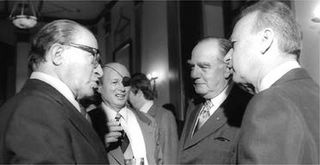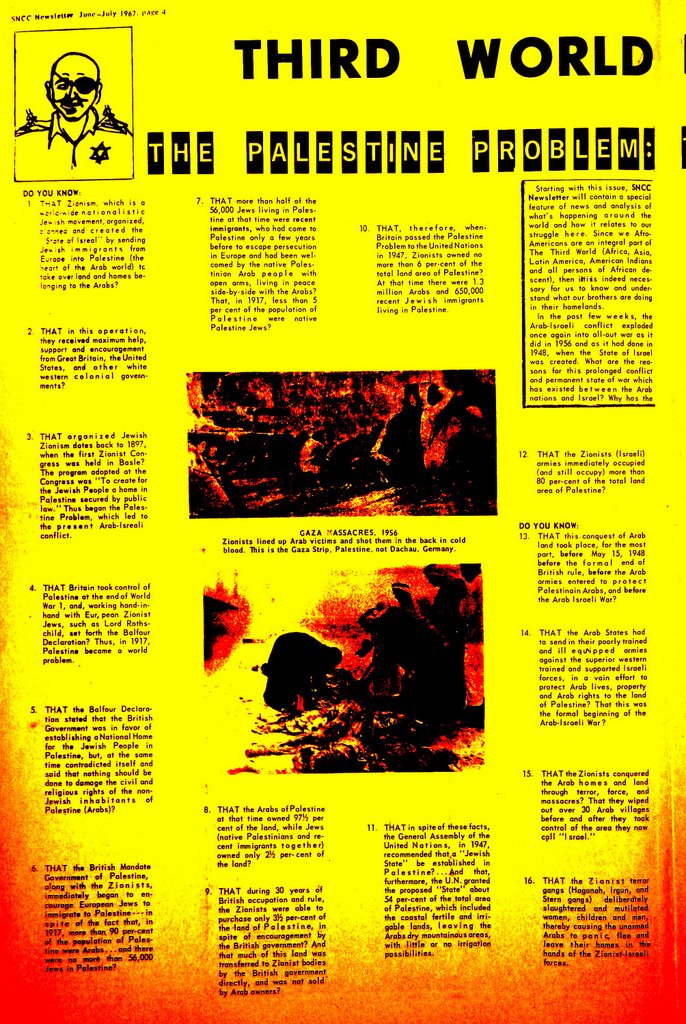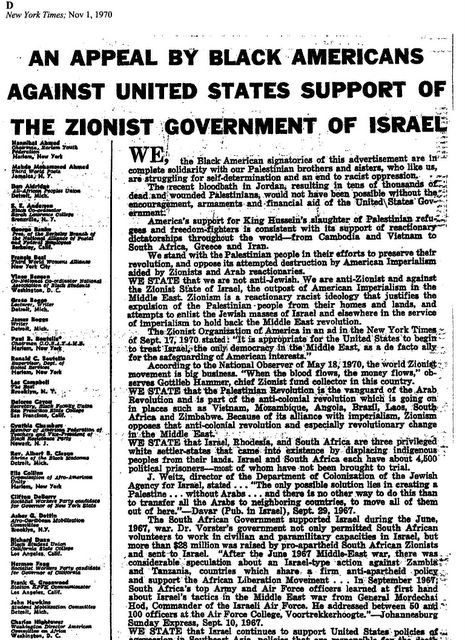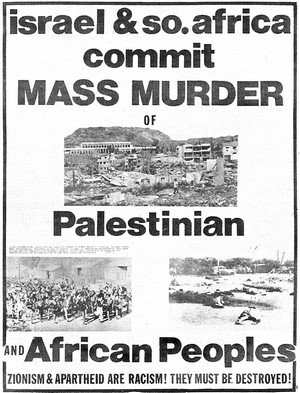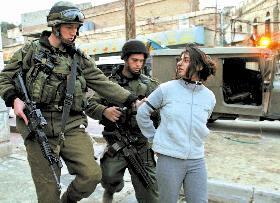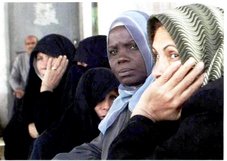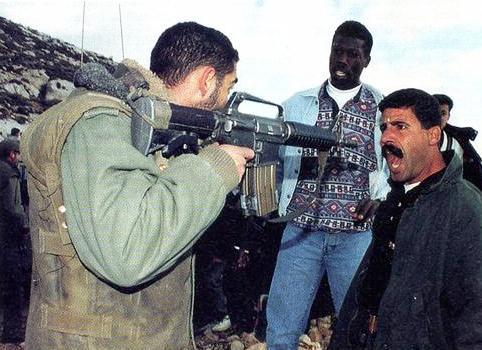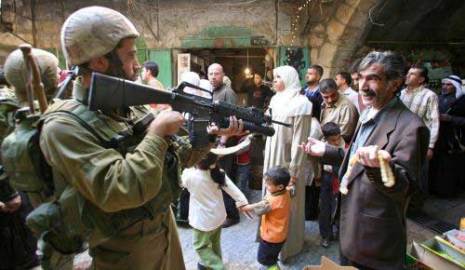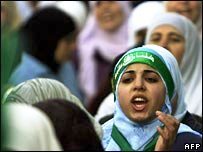
Click on image to enlarge it.
_________________________
_________________________
Dan Halutz
Advanced Management Program, Harvard Business School, 2007
From the Blog, "WAR CRIMINALS AT HARVARD"
On the Web at:
http://harvardwarcriminals.blogspot.com/2007/05/dan-halutz.html
Indiscriminate Bombing
During the 2006 Israel-Lebanon war, Dan Halutz, head of the Israeli military, orchestrated a policy of indiscriminate aerial bombardment that entailed widespread war crimes. Over 33 days, Israeli jets killed up to 1,200 Lebanese civilians and bombed houses, hospitals, ambulances, refineries, and roads [sample video and pictures here and here]. Some four thousand Lebanese were wounded and nearly a quarter of the country's four million people were driven from their homes.
Halutz -- the first career air force officer to lead Israel's military and a vocal proponent of the use of airpower -- oversaw a three-pronged aerial strategy: saturation bombing of southern Lebanon; punitive airstrikes aimed at civilian areas in Beirut deemed to support Hizb Allah politically; and destruction of Lebanon's civilian infrastructure and manufacturing base.
According to the Israeli government's own official inquiry -- which criticized the country's leadership for its failure to win the war while remaining utterly silent on atrocities against Lebanese civilians -- Halutz's "personal involvement with decision making within the army and in coordination with the political echelon was dominant."
Before describing these three policies in detail, it's necessary to deal with the most common excuse for civilian casualties, namely that Hizb Allah fighters "hide behind" Lebanese civilians while attacking Israel, and that Israel's army is a moral one that does everything possible to avoid hurting non-combatants.
The Myth of Precision Bombing
"... if you nevertheless want to know what I feel when I release a bomb, I will tell you: I feel a light bump to the plane as a result of the bomb's release. A second later it's gone, and that's all. That is what I feel."
-Dan Halutz, interview with Ha'aretz, 21 August 2002
These reports discredited Israel's main excuse for these casualties, namely that they were the unfortunate but inevitable outcome of Hizb Allah fighters hiding amongst Lebanese civilians . HRW investigated over two dozen incidents that accounted for over 150 of the 500 deaths that had taken place at the time; in none of them was there evidence of Hizb Allah military activity nearby. As Peter Bouckaert, HRW's emergencies director, wrote:
"Israel's claims about pin-point strikes and proportionate responses are pure fantasy. As a researcher for Human Rights Watch, I've documented civilian deaths from bombing campaigns in Kosovo and Chechnya, Afghanistan and Iraq. But these usually occur when there is some indication of military targeting ... In Lebanon, it's a different scene. Time after time, Israel has hit civilian homes and cars in the southern border zone, killing dozens of people with no evidence of any military objective. My notebook overflows with reports of civilian deaths." [emphasis added]
"... the analysts talking on cable news about Hezbollah 'hiding within the civilian population' clearly have spent little time if any in the south Lebanon war zone and don't know what they're talking about. Hezbollah doesn't trust the civilian population and has worked very hard to evacuate as much of it as possible from the battlefield. And this is why they fight so well -- with no one to spy on them, they have lots of chances to take the Israel Defense Forces by surprise, as they have by continuing to fire rockets and punish every Israeli ground incursion."
"Nothing is safe [in Lebanon], as simple as that."The towns and villages of southern Lebanon bore the brunt of Halutz's bombing campaign, with the most notorious incident being the 30 July midnight bombing of a building in Qana that killed dozens of civilians in their sleep, more than half of them children. There was no evidence of fighting or Hizb Allah military activity in the area at the time (video below; warning, graphic images).
-Dan Halutz, Ha'aretz, 14 July 2006
Apologists for Israeli policies often point out that Israeli forces warned Lebanese civilians by dropping leaflets from jets before leveling these villages, as if giving a warning is tantamount to a license to bomb. HRW executive director Ken Roth excoriated the policy, accusing Israel of turning south Lebanon into a "free-fire zone":
"The IDF seemed to assume that, because it gave warnings to civilians to evacuate southern Lebanon, anyone who remained was a Hizbullah fighter. When the IDF saw a civilian home or vehicle that Hizbullah might use, it often bombed, even if, as in Kana, Srifa, Marwahin, or Aitaroun, there was no evidence that Hizbullah was in fact using the structure or vehicle at the time of attack. In weighing the military advantage of an attack against the civilian cost, the IDF seemed to assume no civilian cost, because all the 'innocent' civilians had supposedly fled. Through these calculations, the IDF effectively turned southern Lebanon into a free-fire zone." [emphasis added]
"Particularly disturbing is a leaflet of 7 August which announced that 'any vehicle of any kind travelling south of the Litani river will be bombarded, on suspicion of transporting rockets, military equipment and terrorists.' This flagrantly breaches the principle of distinction and the presumption of civilian status: an attack carried out in implementation of this threat would have been an indiscriminate attack and may also have been a direct attack on civilians.
... At any rate, escaping was no guarantee of safety. Israeli forces attacked civilians who had left their villages and were travelling north in response to instructions from the Israeli military authorities, delivered through air-dropped leaflets and other means. Israel has provided no adequate explanation for specific instances of the killing of unarmed civilians in such circumstances." [emphasis added]
2. The Destruction of Haret Hreik
"Army chief of staff Dan Halutz has given the order to the air force to destroy 10 multi-storey buildings in the Dahaya district (of Beirut) in response to every rocket fired on Haifa"
-senior air force officer, quoted by Israeli Army Radio
3. Shattering Infrastructure
"If the [captured Israeli] soldiers are not returned, we will turn Lebanon's clock back 20 years."
-Dan Halutz, interview with Channel 10, 12 July 2006
The destruction of infrastructure - especially roads and bridges - also made it extremely difficult for civilians to flee bombing raids, for ambulances to evacuate the wounded, and for aid to reach trapped populations.
AI's Executive Deputy Secretary General Kate Gilmore described attacks on Lebanese infrastructure as "war crimes, including indiscriminate and disproportionate attacks. The evidence strongly suggests that the extensive destruction of power and water plants, as well as the transport infrastructure vital for food and other humanitarian relief, was deliberate and an integral part of a military strategy" (AI's full study of infrastructure attacks is available here).
The most common excuse for these attacks, in addition to notions of unfortunate error and alleged Hizb Allah shielding, was the "dual use" argument: that since a particular object could hypothetically be used by Hizb Allah, its destruction was therefore militarily necessary and justified. The UN Commission of Inquiry on Lebanon pointed out the absurdity of this argument in its report:
"Israel justified its attacks on the civilian infrastructure by arguing its hypothetical use by Hezbollah. The Commission appreciates that some infrastructure may have had 'dual use' but this argument cannot be put forward for each individual object directly hit during this conflict. By using this argument, IDF effectively changed the status of all civilian objects by alleging that they might be used by Hezbollah. Further, the Commission is convinced that damage inflicted on some infrastructure was done for the sake of destruction." [emphasis added]

Justice, not Junkets
More than any other individual, Dan Halutz was responsible for designing, managing, and implementing the policies that led to the widespread loss of life and massive destruction of property in Lebanon during the 2006 war -- policies that were roundly condemned by the international community. Instead of facing justice for his crimes, however, Halutz is enjoying a two-month junket at Harvard Business School and staying in its luxury dormitory.
As the information on this website shows, Halutz's actions were clearly a matter of public record before he arrived at Harvard. Moreover, his case is not unique, but rather part of an alarming pattern of known human rights abusers and war criminals studying or working at the university. If Harvard wants to teach the world about human rights, it can start by not giving diplomas to people like Dan Halutz.
___________________________________________







